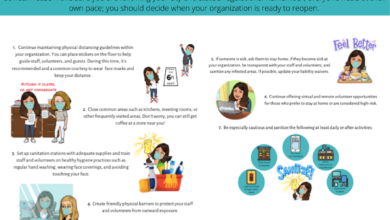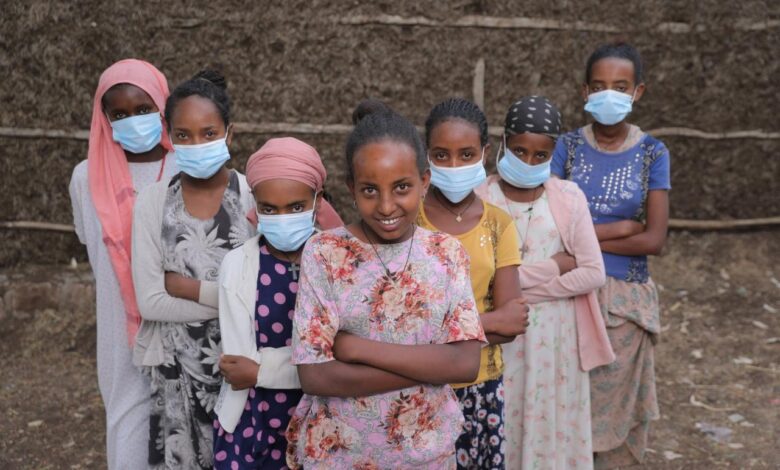
Coronavirus Pandemic A Catalyst for Gender Equality
Coronavirus pandemic can be catalyst for greater gender equality, highlighting how the global crisis unexpectedly accelerated conversations around gender equality. Lockdowns and economic shifts exposed existing inequalities and, in some cases, forced a re-evaluation of traditional gender roles. This blog explores how the pandemic impacted women’s roles in the workforce, caregiving responsibilities, domestic labor, education, and health, showcasing both the challenges and the potential for positive change.
The pandemic drastically altered the landscape of work, care, and household management. Women, disproportionately burdened with caregiving responsibilities, faced unique challenges in balancing work and family life. This shift sparked a conversation about the unequal distribution of domestic labor and the need for more equitable solutions. The crisis also exposed deep-seated inequalities in pay, promotion, and access to resources for women across various sectors.
This blog dives deep into the multifaceted ways the pandemic influenced gender equality, offering a critical analysis of its impact.
Impact on Women’s Roles in the Workforce
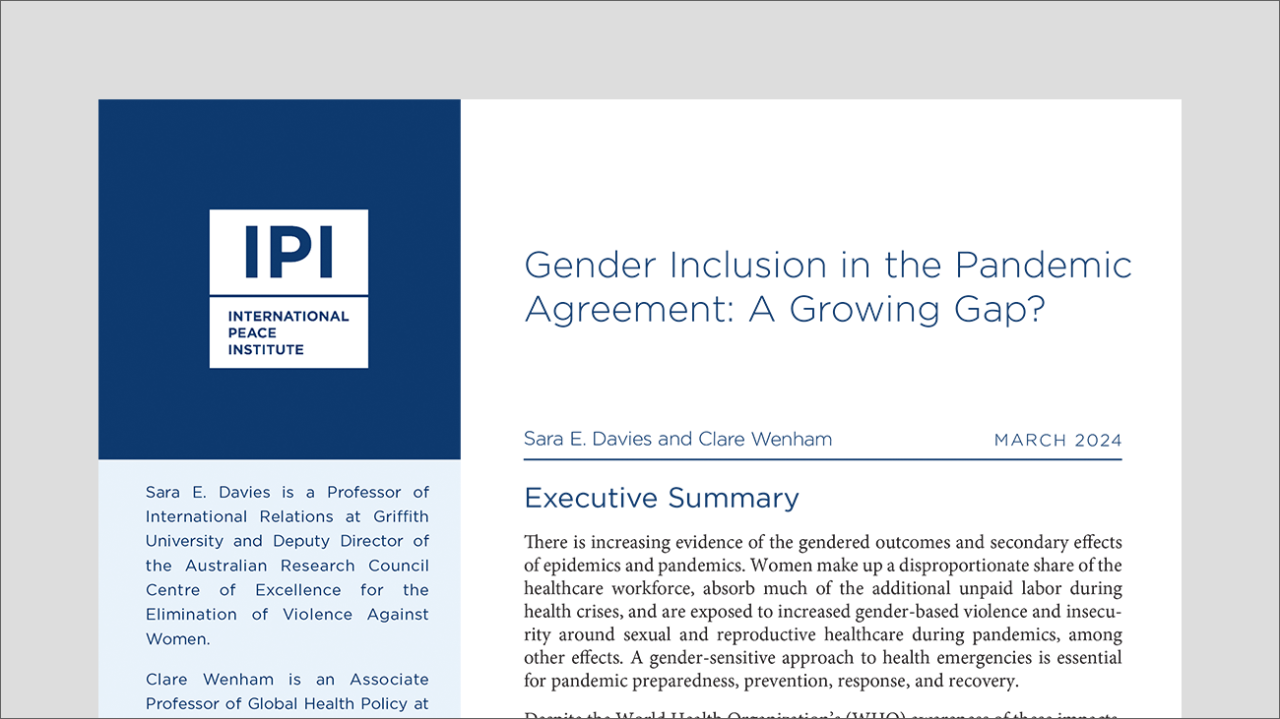
The COVID-19 pandemic significantly reshaped the global landscape, impacting nearly every aspect of life, including the workforce. Women, already facing systemic inequalities, experienced unique disruptions and challenges in their professional lives, forcing a re-evaluation of existing gender roles. This shift highlights the urgent need for a more equitable and adaptable approach to workplace policies and practices.The pandemic exposed pre-existing vulnerabilities within the workforce, particularly for women.
Increased demands on caregiving responsibilities, coupled with the sudden shift to remote work, created a perfect storm that exacerbated existing inequalities. This crisis underscored the need for more flexible and supportive policies that recognize the diverse needs of working families.
Disruption of Existing Gender Roles in the Workplace
The pandemic dramatically disrupted the traditional division of labor within households and workplaces. Women, disproportionately burdened with caregiving responsibilities, faced significant challenges in balancing work and family demands. This was particularly acute for women with young children or elderly parents who needed care. The sudden closure of schools and daycare centers further compounded these difficulties. Remote work, while offering some flexibility, often blurred the lines between work and home life, creating a demanding and stressful environment for many women.
Examples of Women Transitioning Careers During the Pandemic
Many women, facing unprecedented pressures, sought to transition to different careers or industries during the pandemic. Some transitioned to roles in fields like healthcare or technology, driven by the increased demand for those skills. Others found themselves drawn to entrepreneurial ventures, seeking more control over their work-life balance. These examples highlight the resilience and adaptability of women in the face of adversity.
However, these transitions were not always smooth, and women often faced additional barriers, such as a lack of access to resources or training opportunities.
Challenges Faced by Women in Balancing Work and Family Responsibilities During Lockdowns
Lockdowns imposed strict limitations on access to childcare, elder care, and other essential services. This created a significant burden on women, who often bore the primary responsibility for these tasks. The lack of flexible work arrangements and adequate childcare support further exacerbated the problem, hindering women’s ability to maintain their professional commitments. This period highlighted the urgent need for more equitable distribution of caregiving responsibilities and increased support for working families.
Comparison of Pre-Pandemic and Post-Pandemic Work Experiences of Women in Different Sectors
| Sector | Pre-Pandemic Work Experience (Women) | Post-Pandemic Work Experience (Women) |
|---|---|---|
| Healthcare | High demand, often in low-paying roles | Increased demand, potential for burnout, remote work options |
| Education | Predominantly female workforce, limited opportunities for advancement | Increased reliance on online education, challenges with adapting to remote learning |
| Technology | Underrepresented, facing pay gaps | Increased demand for remote workers, potential for greater diversity |
| Retail | Large numbers of women in lower-paying jobs | Shift to e-commerce, potential for job displacement, maintaining physical safety |
Inequalities in Pay and Promotion Opportunities for Women
The pandemic highlighted existing inequalities in pay and promotion opportunities for women across various sectors. Women, even in sectors where their presence was significant, often faced pay gaps compared to their male counterparts. This disparity persisted even when considering comparable job titles and responsibilities. Furthermore, women were often overlooked for promotions, despite their contributions. This inequity reflects systemic biases and the need for proactive measures to address gender pay gaps and promotion barriers.
Increased Participation in Caregiving
The COVID-19 pandemic dramatically altered family dynamics, placing unprecedented demands on caregivers. This shift, while impacting individuals across the spectrum, disproportionately affected women, who often bore the brunt of increased caregiving responsibilities. This increased burden had significant repercussions on their professional trajectories and highlighted the systemic inequalities embedded in societal expectations.The pandemic exposed and amplified existing gender disparities in caregiving responsibilities.
Women, already disproportionately responsible for domestic chores and childcare, saw their workload escalate as schools closed and workplaces transitioned to remote settings. This surge in caregiving duties had a substantial impact on their professional lives, often leading to career setbacks, reduced income, and feelings of isolation.
Explore the different advantages of how to clearly communicate feedback and expectations that can change the way you view this issue.
Rise in Women Taking on Increased Caregiving Responsibilities
The pandemic created a surge in caregiving responsibilities, with women overwhelmingly shouldering the majority of these duties. This was primarily due to the confluence of school closures, remote work arrangements, and the need for managing household tasks alongside professional responsibilities. Women often took on the primary role of homeschooling children, managing household needs, and providing emotional support, leaving them with less time and energy for professional pursuits.
Impact of this Shift on Professional Trajectories
The increased caregiving responsibilities had a direct impact on women’s professional trajectories. Many experienced reduced productivity, missed deadlines, and difficulty balancing work and family demands. This often led to career stagnation, a reduction in income, and, in some cases, job loss. Women may have been less inclined to pursue promotions or take on additional responsibilities due to the increased burden of caregiving.
Comparison of Caregiving Burdens Faced by Men and Women, Coronavirus pandemic can be catalyst for greater gender equality
While men also took on increased caregiving responsibilities during the pandemic, the burden disproportionately fell on women. Studies revealed a significant gender gap in the division of household labor, with women continuing to bear the majority of childcare and domestic responsibilities. Men, although increasingly involved, often had more flexibility in adjusting their work schedules to accommodate caregiving needs.
This disparity in workload had long-term implications for both personal and professional lives.
Strategies to Support Better Work-Life Balance for Caregivers
Several strategies can support caregivers, particularly women, to achieve a better work-life balance. Flexible work arrangements, including remote work options, compressed workweeks, and job-sharing opportunities, can be vital. Increased access to affordable childcare and eldercare services can also alleviate the financial and logistical burdens of caregiving. Furthermore, promoting a culture of shared responsibility within families and workplaces is essential.
Table: Caregiving Roles and Responsibilities by Gender
| Gender | Primary Caregiving Roles | Secondary Caregiving Roles |
|---|---|---|
| Female | Childcare (homeschooling, routine care), eldercare, household management | Supporting partner’s professional career, managing family finances |
| Male | Childcare (helping with homework, assisting with activities), eldercare (if applicable) | Supporting partner’s professional career, managing household tasks (cooking, cleaning) |
Shifts in Domestic Labor and Household Management
The COVID-19 pandemic drastically altered daily life, forcing a reassessment of priorities and responsibilities within households. While the pandemic’s impact on the workforce and caregiving roles has received considerable attention, the shift in domestic labor deserves a closer look. This reevaluation of household tasks presents a significant opportunity to reimagine traditional gender roles and achieve a more equitable distribution of domestic responsibilities.The pandemic’s lockdowns and work-from-home mandates created a unique environment where the lines between work and home blurred.
This resulted in a profound shift in the division of labor within households, with both positive and negative consequences. The need for increased flexibility and adaptability to new work patterns and home-based education led to renegotiations of roles and responsibilities, potentially paving the way for more equitable arrangements in the future.
Changes in the Division of Domestic Labor
The pandemic’s impact on household chores was substantial. For many families, the traditional division of labor, often placing the majority of domestic tasks on women, began to be questioned and re-evaluated. The increased time spent at home by both parents, along with children, created a more visible and potentially more shared responsibility for household tasks.
Potential for More Equitable Distribution of Household Chores
The pandemic presented a unique opportunity to challenge traditional gender roles in domestic labor. Increased awareness and willingness to share responsibilities could lead to a more equitable distribution of household chores, with both men and women taking on a more balanced share. For example, many fathers reported taking on more childcare and household duties, which may indicate a shift in their perception of their roles within the family.
Comparison of Time Spent on Domestic Tasks
“A significant shift was observed in the distribution of domestic tasks during the pandemic.”
While precise data on the time spent on various domestic tasks before and during the pandemic is not universally available, anecdotal evidence and some studies suggest that men, on average, increased their time spent on domestic chores. This trend is not uniform across all households, but it suggests a possible shift towards more shared responsibilities. Further research is needed to quantify the extent of this change and its long-term implications.
Technology and Tools for Balanced Domestic Labor
Technology and tools can play a significant role in supporting a more balanced distribution of domestic labor. For instance, smart home devices, online chore-management platforms, and shared calendars can facilitate a more transparent and efficient division of tasks. Apps designed for family scheduling and task assignment can streamline responsibilities and ensure that tasks are not disproportionately shouldered by one person.
This type of technology can help to facilitate a more equitable division of labor within the household.
Reinforcement or Challenge of Gendered Stereotypes
The pandemic’s impact on domestic life could potentially reinforce or challenge gendered stereotypes. While some families may have witnessed a more equitable distribution of tasks, others might have seen a return to traditional roles, with women still shouldering a disproportionate share of household responsibilities. This underscores the importance of actively promoting awareness and challenging ingrained gender norms within households to foster a more equitable division of labor.
Impact on Access to Education and Training
The COVID-19 pandemic significantly disrupted educational systems worldwide, impacting access to education and training for all learners, with women disproportionately affected in many regions. Remote learning initiatives, while crucial, presented unique challenges for women juggling multiple responsibilities, often including childcare and household duties. This disruption highlighted existing inequalities and underscored the need for targeted support programs to ensure women’s continued access to education and training.The pandemic exposed existing vulnerabilities in educational systems, revealing the lack of adequate digital infrastructure and support for remote learning, especially in marginalized communities.
This was particularly problematic for women, who often faced greater barriers to accessing technology, reliable internet connections, and supportive learning environments. Addressing these issues required a multifaceted approach, encompassing both immediate interventions and long-term strategies for improving access and equity.
Impact on Women in Higher Education
The shift to online learning in higher education placed significant strain on women students, particularly those with caregiving responsibilities. Limited access to reliable internet, dedicated study spaces, and consistent technological support disproportionately affected women. Many institutions recognized this disparity and implemented measures to mitigate these challenges, such as providing internet access grants, flexible learning schedules, and increased mental health resources.
Impact on Women in Vocational Training
Women in vocational training programs also faced unique challenges during the pandemic. Interruptions to hands-on training, lack of access to essential tools and materials, and difficulties in adapting to online learning formats created barriers to skill development. Many training centers adapted their curriculum and delivery methods, offering blended learning approaches, online resources, and flexible scheduling to support continued learning.
Examples of Support Programs and Initiatives
Numerous programs and initiatives emerged to support women’s access to education and training during the pandemic. These included:
- Financial Aid: Many institutions and organizations provided grants and scholarships specifically targeting women students facing financial hardship due to the pandemic. These grants helped cover tuition fees, technology costs, and other expenses associated with remote learning.
- Flexible Learning Options: Flexible learning schedules and asynchronous learning opportunities were crucial in accommodating women’s caregiving responsibilities and other commitments. Institutions implemented policies that allowed for greater flexibility in completing coursework, recognizing the unique circumstances faced by women.
- Technology Access Programs: Numerous initiatives focused on providing women with access to technology and reliable internet connectivity. These programs included providing laptops, tablets, or internet vouchers to ensure that women had the necessary resources to participate in online learning.
- Mentorship and Support Programs: Dedicated mentorship programs and support groups were established to provide guidance, emotional support, and resources for women navigating the challenges of remote learning and adapting to changing circumstances. These programs helped women stay connected with their communities and provided a safe space to address concerns.
Comparison of Challenges in Different Educational Settings
The challenges faced by women in different educational settings varied. In higher education, the issue of balancing academic responsibilities with childcare and household tasks proved particularly acute. In vocational training, the loss of access to practical skills training was a significant concern. A holistic approach was needed, addressing the unique needs of women in both higher education and vocational settings.
Support Programs and Initiatives: A Summary
| Type of Support | Description | Examples |
|---|---|---|
| Financial Aid | Grants, scholarships, and financial assistance to cover tuition, technology costs, and living expenses. | Tuition waivers, emergency grants, technology stipends. |
| Flexible Learning Options | Adapting curriculum and delivery methods to accommodate women’s caregiving responsibilities. | Asynchronous learning, flexible schedules, online resources. |
| Technology Access Programs | Providing women with access to technology and reliable internet connectivity. | Laptop giveaways, internet vouchers, technology training. |
| Mentorship and Support Programs | Dedicated support groups and mentorship opportunities to address emotional and practical needs. | Online support forums, mentoring programs, counseling services. |
Changes in Women’s Health and Wellbeing
The COVID-19 pandemic profoundly impacted women’s health and wellbeing, exacerbating existing inequalities and creating new challenges. The increased burden of caregiving, economic anxieties, and societal pressures contributed to significant mental health concerns and hindered access to essential healthcare services. Understanding these impacts is crucial for developing effective support systems and policies to promote women’s health and wellbeing in the future.The pandemic’s effects on women’s health extend beyond the immediate crisis.
Long-term consequences, including the potential for increased gender disparities in health outcomes, require careful consideration and proactive intervention. The experiences of women during this period underscore the need for comprehensive support systems that address their unique needs and vulnerabilities.
Learn about more about the process of global cfo survey rebuild revenue streams in the field.
Mental Health Impact of the Pandemic on Women
The pandemic significantly increased stress and anxiety levels among women. The combination of job losses, increased caregiving responsibilities, and financial insecurity contributed to heightened mental health challenges. Women often shoulder a disproportionate share of caregiving responsibilities, leading to increased stress and emotional strain. Furthermore, social isolation and reduced access to support networks exacerbated these difficulties.
Support Systems and Resources for Women’s Mental Health
Numerous support systems and resources emerged to address the increased mental health needs of women during the pandemic. These included online mental health platforms, helplines, and community-based initiatives that provided accessible resources for women experiencing stress, anxiety, or depression. Teletherapy services played a vital role in connecting women with mental health professionals remotely, making support more accessible. Government initiatives and non-profit organizations also stepped up to provide financial assistance and resources for mental health services.
Impact of the Pandemic on Women’s Access to Healthcare Services
The pandemic significantly disrupted access to routine healthcare services for women. Concerns about contracting the virus, fear of infection, and limited access to transportation often resulted in women delaying or foregoing essential checkups and preventative care. This delay in accessing healthcare could lead to the progression of existing health conditions and potentially exacerbate future health challenges.
Potential for Increased Gender Disparity in Health Outcomes
The pandemic heightened existing gender disparities in healthcare access and outcomes. Women already face systemic barriers in accessing healthcare, and the pandemic exacerbated these challenges. These barriers included financial constraints, geographical limitations, and societal expectations that often prioritize other responsibilities over women’s health needs. This potential for increased gender disparity necessitates proactive measures to ensure equitable access to healthcare services and address the specific needs of women.
Role of Government Policies in Supporting Women’s Health
Government policies played a critical role in mitigating the negative impacts of the pandemic on women’s health. These policies included expanded access to mental health services, financial aid programs for women experiencing economic hardship, and measures to reduce the burden of caregiving responsibilities. Specific initiatives, such as paid family leave and childcare subsidies, could support women’s health and wellbeing during and after the pandemic.
Increased Visibility of Women Leaders and Activists
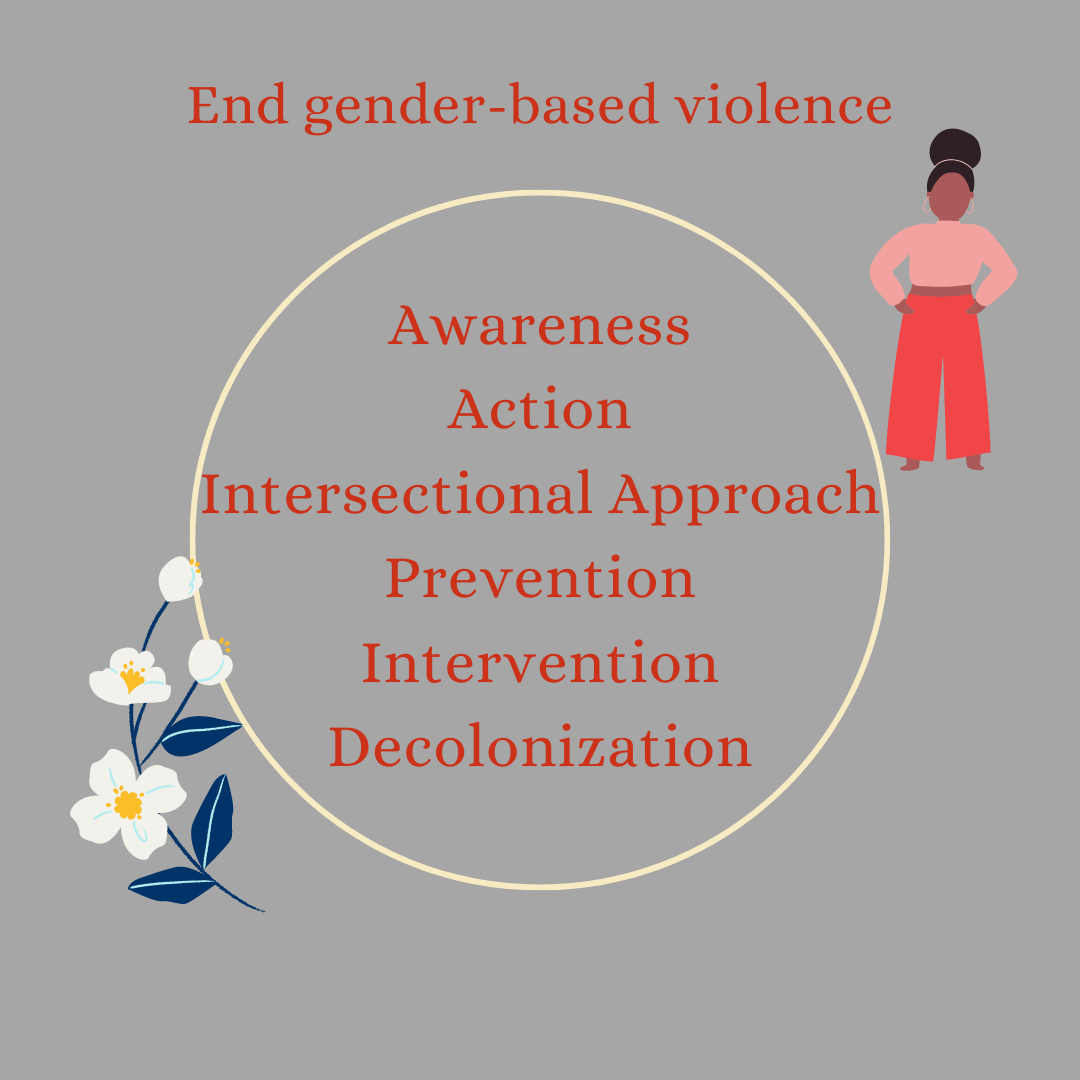
The COVID-19 pandemic, while devastating in its human and economic toll, unexpectedly amplified the voices and visibility of women leaders and activists worldwide. Their crucial roles in responding to the crisis, often overlooked in pre-pandemic times, became undeniable. From frontline healthcare workers to community organizers, women demonstrated exceptional resilience and leadership, highlighting the often-underestimated contributions of women in various sectors.Women leaders and activists stepped forward to address the unique challenges faced by their communities, advocating for essential resources and policy changes.
Their proactive engagement in crisis response and policy discussions contributed to a greater understanding of the pandemic’s disproportionate impact on women and marginalized groups. This heightened visibility, while born from crisis, can serve as a catalyst for more inclusive leadership in the future.
Role of Women Leaders and Activists in Responding to the Pandemic
Women leaders and activists played pivotal roles in responding to the pandemic, often in critical and often-underappreciated ways. They organized community support networks, providing essential resources to vulnerable populations. Their expertise in healthcare, social work, and community organizing was instrumental in coordinating and implementing vital response strategies. They spearheaded initiatives to address the specific needs of women and girls, such as ensuring access to healthcare, childcare, and economic support.
Their efforts often focused on the intersectionality of the pandemic’s impact on different demographics, including women from marginalized communities.
Challenges Faced by Women in Leadership Roles During the Pandemic
Women in leadership positions faced unique challenges during the pandemic. Balancing work and family responsibilities, often with an increase in domestic caregiving burdens, was a significant hurdle. Limited access to childcare, compounded by school closures and lockdowns, disproportionately impacted women leaders. The pandemic also exacerbated existing inequalities, with women in leadership positions facing increased scrutiny and skepticism, sometimes being overlooked in favor of male counterparts.
Furthermore, existing gender biases and stereotypes in the workplace persisted, creating an uneven playing field for women striving for leadership positions.
Examples of Women Who Gained Recognition for Their Leadership and Activism
Numerous women gained recognition for their outstanding leadership and activism during the pandemic. These women demonstrated resilience, dedication, and innovative approaches to address the challenges presented by the crisis. Their contributions to their respective fields, whether in healthcare, social justice, or community organizing, highlighted the critical role of women in society. They served as inspirational role models for other women and demonstrated the importance of inclusivity and diversity in leadership.
Impact of the Pandemic on the Political Landscape for Women
The pandemic’s impact on the political landscape for women is multifaceted. In some instances, it led to increased representation of women in government and decision-making roles, as women’s contributions became more visible. However, in other cases, existing political structures and power dynamics were further entrenched, potentially hindering progress toward greater gender equality. The pandemic highlighted the need for more inclusive and representative political systems that better reflect the needs and experiences of women and marginalized communities.
Table: Women Rising to Prominence in Different Sectors
| Sector | Woman | Contribution |
|---|---|---|
| Healthcare | Dr. [Example Woman’s Name] | Leading efforts in [Specific Area, e.g., developing a new treatment protocol] |
| Social Justice | Ms. [Example Woman’s Name] | Organizing community support initiatives during lockdowns |
| Politics | [Example Woman’s Name] | Championing policies to address gender inequality |
| Technology | [Example Woman’s Name] | Developing innovative solutions to [Specific Problem, e.g., digital access for remote learning] |
Opportunities for Policy Changes and Initiatives
The COVID-19 pandemic highlighted existing gender inequalities and exacerbated their impact on women. While the pandemic exposed vulnerabilities, it also spurred innovation and a renewed focus on policies that promote gender equality. This shift presents a crucial opportunity to create a more equitable future.The pandemic exposed the interconnectedness of gender inequality with various societal factors. Women disproportionately bear the brunt of caregiving responsibilities, often facing economic hardship as a result.
Finish your research with information from positive outlook financial services work in europe.
This underscores the urgent need for policies that support women’s economic empowerment and provide a safety net for those bearing the brunt of childcare and household responsibilities. Addressing these issues will create a more sustainable and just society.
Potential Policy Changes to Support Greater Gender Equality
A range of policy changes can support greater gender equality, focusing on economic empowerment, caregiving responsibilities, and access to education and resources. These initiatives can address the root causes of inequality and create a more inclusive society for all.
Examples of Existing or Proposed Policies
Many countries have existing policies or initiatives designed to promote gender equality. These policies often address issues such as equal pay, affordable childcare, and parental leave. The implementation and effectiveness of these policies vary across regions and nations. For instance, some countries have robust parental leave policies that allow both parents to take time off work to care for children, which can help reduce the gendered division of labor in the household.
Additionally, policies focused on equal pay legislation aim to ensure that women receive the same compensation for the same work as men.
Addressing the Root Causes of Gender Inequality
Gender inequality is a complex issue rooted in societal norms and expectations. Policies that tackle the root causes will yield the most lasting results. These include challenging traditional gender roles, promoting equal pay, and providing access to quality education and resources for all genders. For example, addressing the societal norms that place the primary responsibility for childcare on women requires interventions that promote shared responsibility and flexible work arrangements.
Policy Recommendations to Promote Gender Equality
| Policy Area | Specific Recommendations | Rationale |
|---|---|---|
| Economic Empowerment | Increase access to affordable childcare, expand access to microfinance programs for women, implement equal pay legislation, provide training and support for women entrepreneurs. | Addressing economic disparities is fundamental to empowering women and enabling them to participate fully in the workforce. |
| Caregiving Responsibilities | Expand parental leave policies to include shared responsibility, create accessible and affordable childcare options, implement flexible work arrangements. | Recognizing and supporting caregiving responsibilities can reduce the burden on women and promote gender equality within the household. |
| Education and Training | Promote gender equality in educational curricula, ensure access to quality education and vocational training for all genders, eliminate gender stereotypes in educational materials. | Equal access to education is essential for fostering equal opportunities and empowering future generations. |
| Health and Wellbeing | Provide access to comprehensive healthcare services, address gender-based violence and discrimination, support women’s mental health needs. | Addressing women’s health and well-being is crucial for overall societal well-being and gender equality. |
Potential Barriers to Implementing Policy Changes
Implementing policy changes to promote gender equality can face various obstacles. These include resistance from certain segments of society, lack of political will, and insufficient funding. Addressing these barriers requires a multi-faceted approach involving advocacy, education, and collaboration among stakeholders. Cultural norms and traditions, entrenched gender roles, and a lack of awareness about the benefits of gender equality are often significant obstacles to policy implementation.
Long-Term Impact on Gender Roles and Relationships: Coronavirus Pandemic Can Be Catalyst For Greater Gender Equality
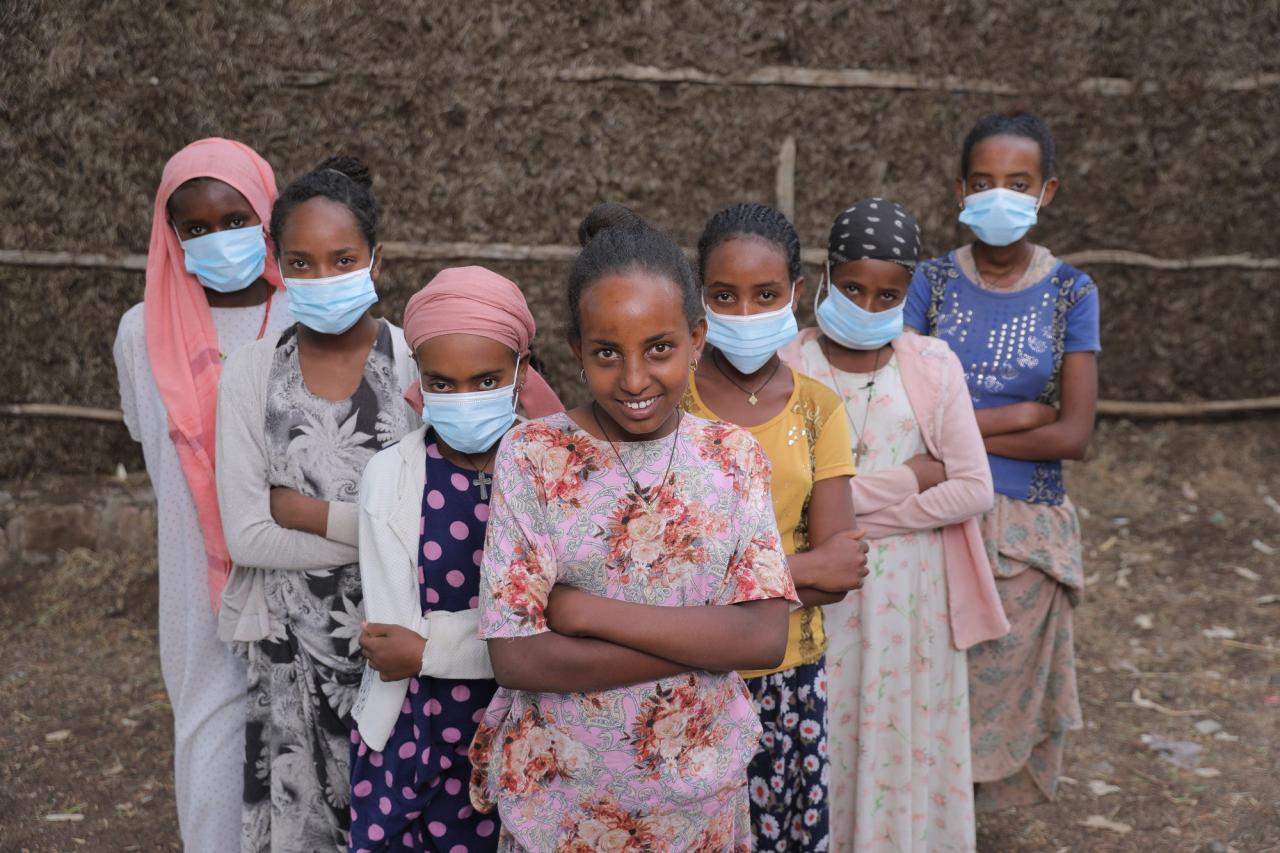
The COVID-19 pandemic, while a global crisis, served as a magnifying glass, exposing and amplifying existing inequalities. The disruptions it caused in daily life, particularly in work and family spheres, brought into sharp focus the unequal distribution of responsibilities between men and women, often exacerbated by pre-existing societal norms. This has profound implications for the future of gender roles and relationships.The pandemic’s impact on gender roles isn’t a simple, one-dimensional shift.
It’s a complex interplay of existing societal pressures and the newly imposed challenges, leading to both expected and unexpected changes. The long-term consequences are likely to be felt across various facets of society, influencing everything from economic participation to household dynamics.
Potential Long-Term Shifts in Gender Dynamics
The pandemic accelerated existing trends and created new opportunities for re-evaluation. Many women, already juggling work and family responsibilities, found themselves disproportionately burdened by increased childcare and household duties. Men, while often taking on some extra caregiving tasks, generally did not experience the same level of responsibility shifts. This suggests a potential shift towards greater shared responsibility, but the extent and speed of this change remains uncertain.
Economic fallout also influenced the potential of women to maintain their economic standing.
Redefinition or Reinforcement of Gender Roles
The pandemic’s impact on gender roles could lead to either a redefinition or reinforcement of existing norms. Increased participation of men in caregiving could signal a fundamental shift in expectations. However, there’s also a risk that the existing division of labor may be reinforced, with women continuing to shoulder the majority of caregiving responsibilities. It is crucial to acknowledge that the pandemic has not only exposed existing inequalities but has also presented opportunities for more equitable sharing of responsibilities.
Impact on Men and Women’s Relationships
The pandemic’s impact on relationships will be multifaceted and potentially long-lasting. Increased stress and strain on family dynamics due to the pandemic could result in strained relationships between men and women, particularly if existing power imbalances are not addressed. Conversely, increased shared responsibilities may strengthen bonds and promote greater understanding between partners. Open communication and mutual support are crucial for navigating these challenges and fostering positive changes in relationships.
Potential Future Scenarios Regarding Gender Roles and Relationships
The future is uncertain, but understanding potential scenarios is crucial for navigating the coming years.
| Scenario | Description | Potential Impact on Relationships |
|---|---|---|
| Scenario 1: Reinforcement of Traditional Roles | Existing gender roles remain largely unchanged. Women continue to bear the brunt of household and caregiving responsibilities. | Relationships may experience increased stress and tension, particularly if one partner feels undervalued or overburdened. |
| Scenario 2: Gradual Shift Towards Shared Responsibilities | Men gradually take on more caregiving and household tasks, but the shift is slow and uneven. | Relationships may improve, but tensions could arise if the division of labor is not equitable or if one partner feels resentful. |
| Scenario 3: Significant Redefinition of Roles | A more significant and equitable sharing of responsibilities, with both men and women actively participating in all aspects of family life. | Relationships could experience enhanced understanding and partnership, fostering a sense of shared responsibility and mutual support. |
Final Wrap-Up
In conclusion, the coronavirus pandemic served as a stark reminder of the persistent gender inequalities that exist worldwide. While the pandemic presented unprecedented challenges, it also fostered opportunities for change. By understanding the impact of the pandemic on various aspects of women’s lives, from workforce participation to health and well-being, we can better strategize for more equitable policies and practices in the future.
This blog offers a starting point for a deeper understanding of how the pandemic catalyzed conversations and spurred action towards greater gender equality, offering potential solutions and pathways forward.




